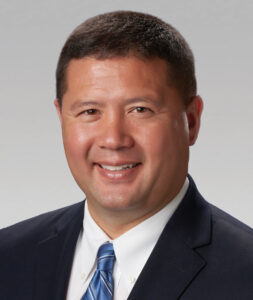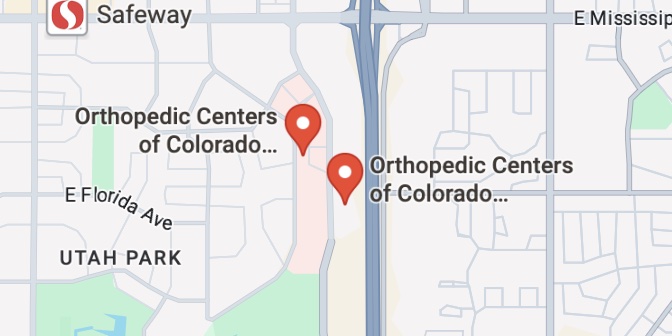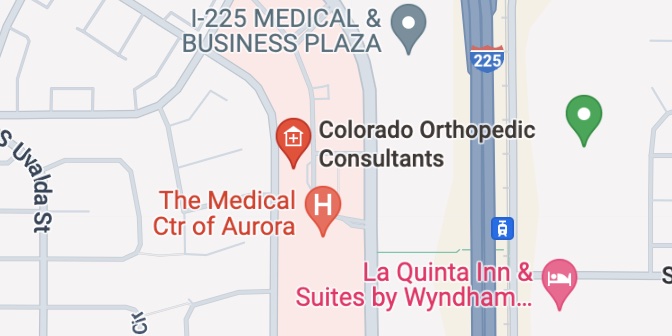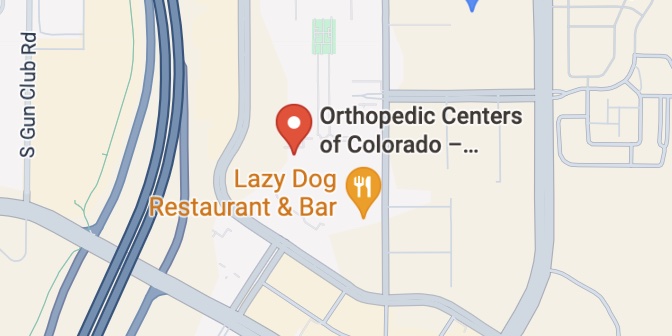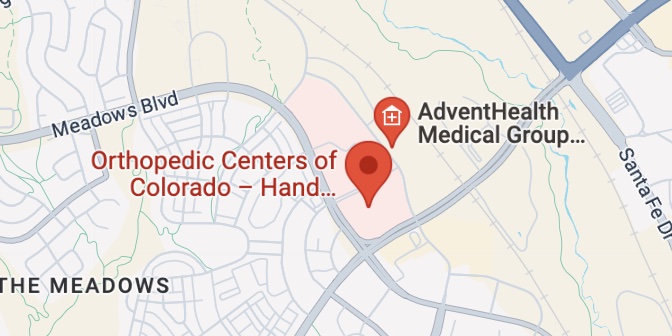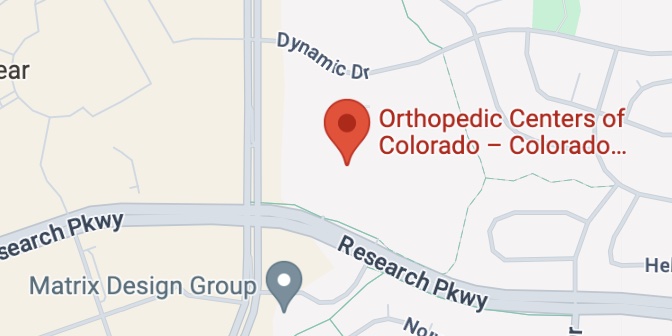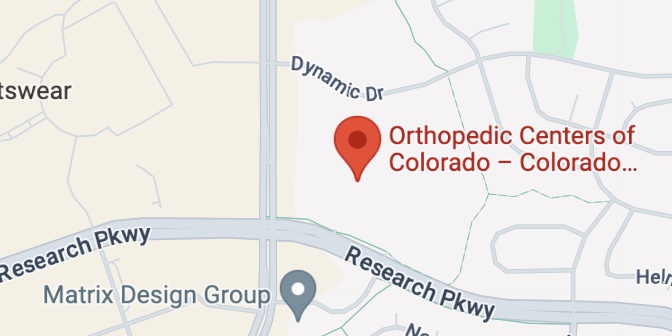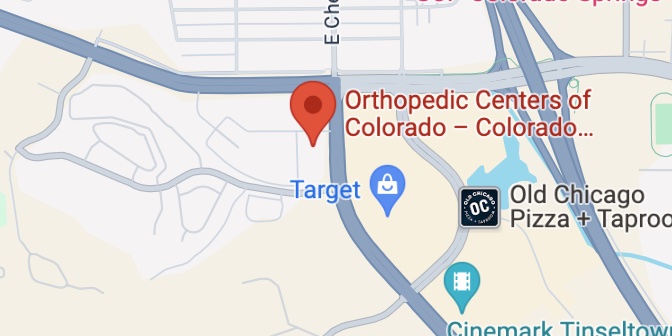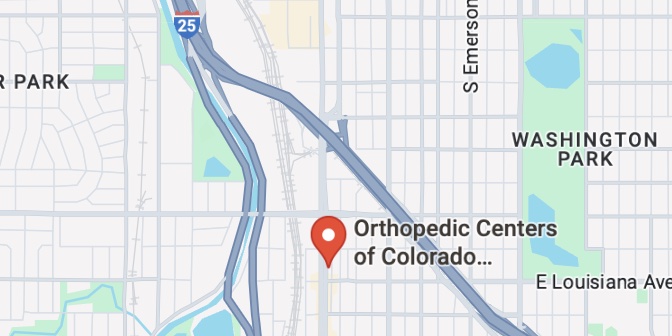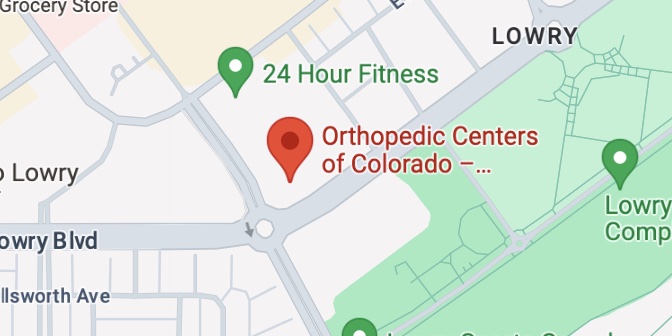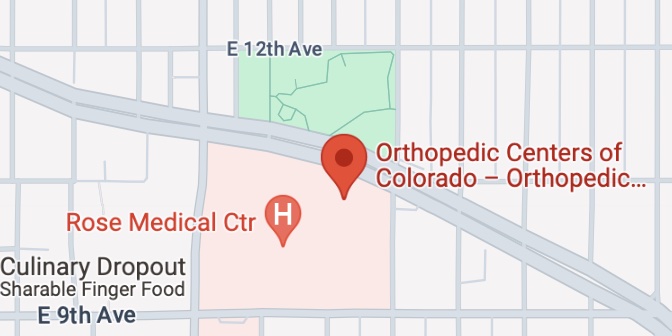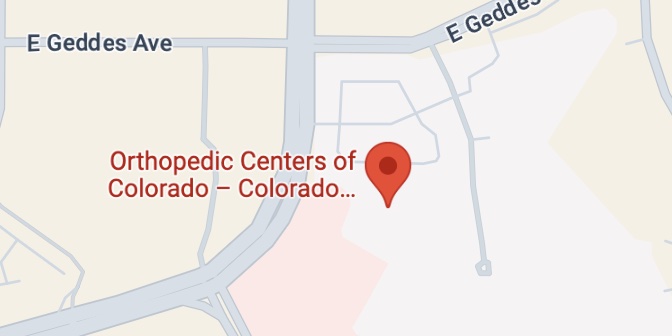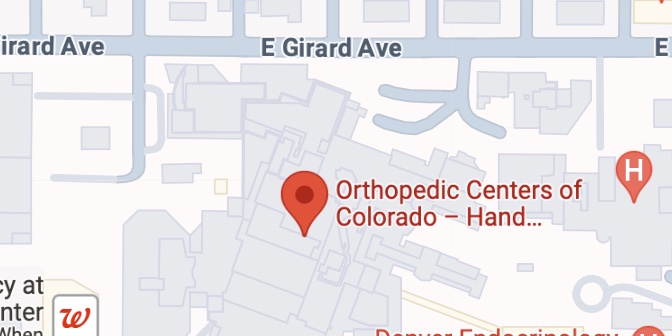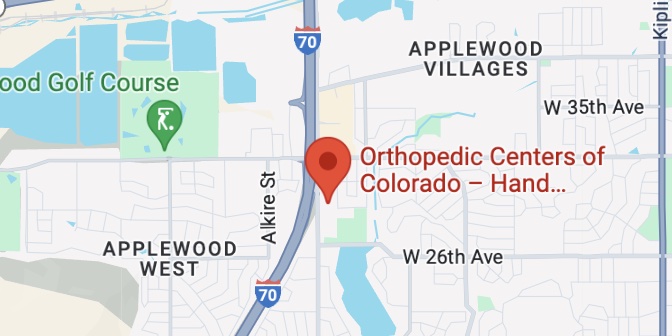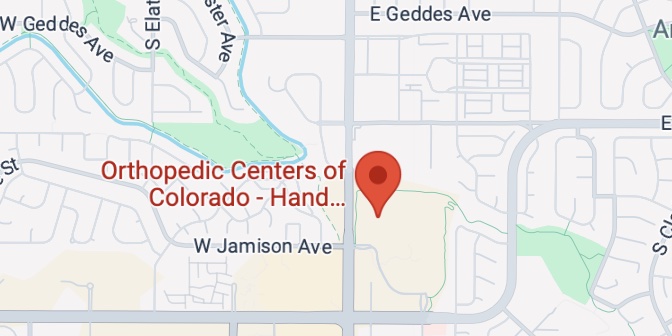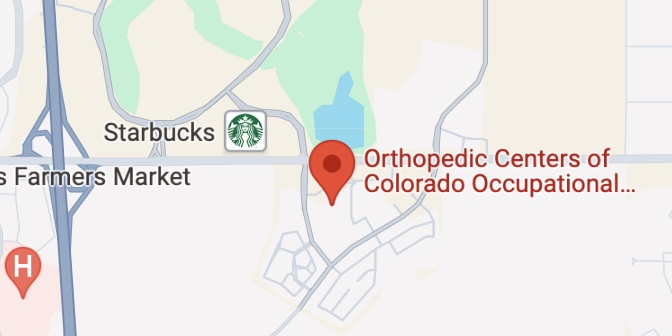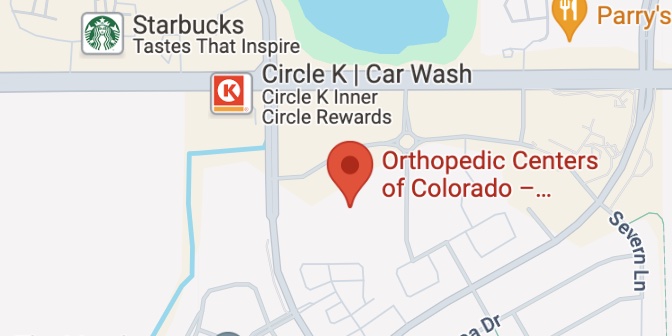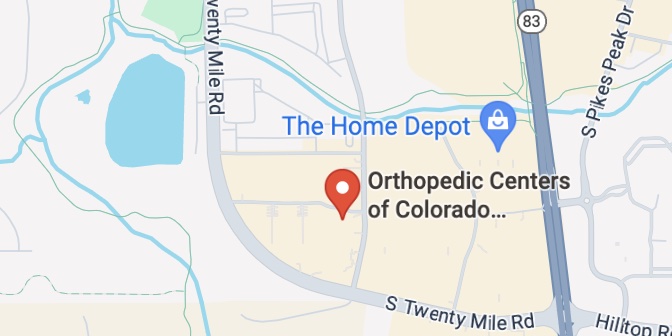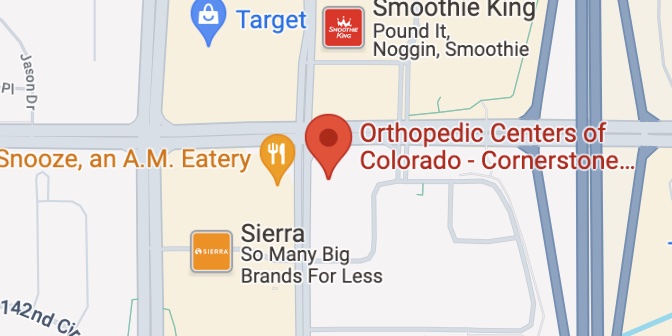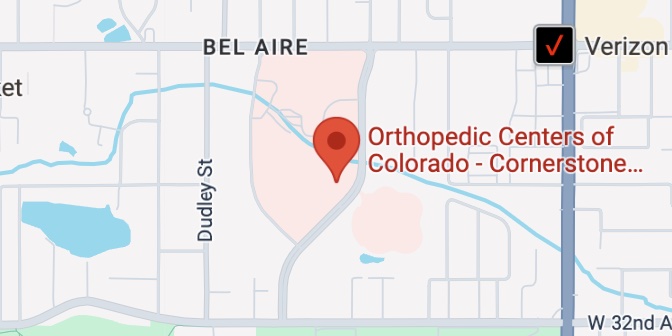Hand, Wrist & Elbow Center of Excellence
At Orthopedic Centers of Colorado, our commitment to providing exceptional orthopedic care extends to the intricate and delicate realm of hand, wrist and elbow health. Our team of highly skilled orthopedic specialists is dedicated to diagnosing, treating, and rehabilitating a wide range of conditions affecting the hand and wrist. With a patient-centric approach and a focus on cutting-edge medical advancements, we stand at the forefront of orthopedic excellence.
Schedule Now!
Click below to schedule
an appointment
Comprehensive Care
Comprehensive Diagnostics: Our orthopedic hand and wrist specialists utilize state-of-the-art diagnostic tools to pinpoint the root cause of your discomfort. From X-rays and MRI scans to advanced imaging techniques, we leave no stone unturned in understanding your unique orthopedic profile.
Customized Treatment Plans: Recognizing that each patient is unique, our experts craft personalized treatment plans tailored to your specific needs. Whether addressing fractures, ligament injuries, arthritis, or nerve disorders, our team employs a multidisciplinary approach to ensure comprehensive and effective care.
Arthritis Management: Our orthopedic specialists are well-versed in managing arthritis-related issues in the hand and wrist. Through a combination of medical interventions, physical therapy, and lifestyle modifications, we aim to alleviate pain and improve joint function, empowering you to lead an active and fulfilling life.
Fracture Care: Whether you’ve experienced a traumatic injury or a stress fracture, our team excels in providing comprehensive fracture care. From realignment techniques to surgical interventions, we prioritize restoring function and promoting optimal healing.
Nerve Compression Solutions: Conditions such as carpal tunnel syndrome demand specialized attention. Our orthopedic hand and wrist experts are adept at diagnosing and treating nerve compression issues, employing both surgical and non-surgical interventions to relieve symptoms and enhance hand functionality.
Therapy & Rehabilitation: Our commitment to your well-being extends beyond medical procedures. Our rehabilitation and therapy programs are designed to optimize recovery, improve strength, and enhance flexibility. We work closely with you to ensure a smooth transition from treatment to daily life.
Hand, Wrist & Elbow Procedures & Conditions Treated
We treat all hand, wrist & elbow injuries, below are a few of the more common conditions:
-
Biceps Tear
-
Brachial Plexus Injury
-
Carpal Tunnel Syndrome
-
Cubital Tunnel Syndrome
-
DeQuervain Syndrome
-
Distal Radial Fracture
-
Dupuytren’s Contracture
-
Fractures & Dislocations
-
Ganglion Cyst
-
Hand Fractures
-
Ligament Injuries
-
Mallet Finger
-
Nailbed Injuries
-
Olecranon Fracture
-
Peripheral Nerve Disorders
-
Radial Head Fracture
-
Scaphoid Fracture
-
Skier’s Thumb
-
Sports Injuries
-
Tendon Injuries
-
Tendon Ruptures & Lacerations
-
Tendonitis
-
Tennis & Golfer’s Elbow
-
Thumb & Hand Arthritis
-
Trigger Finger
-
Wrist Fracture
Patient-Centered Care
Our patient-centered approach is built on communication, collaboration, and compassion. We understand that every patient is unique, and we take the time to listen to your concerns, answer your questions, and involve you in decisions about your care. Our goal is not just to treat conditions but to empower you to lead an active, pain-free life.
Our dedicated team of healthcare professionals strives to create a compassionate and supportive environment where you feel heard, respected, and actively involved in your care decisions. Your health and satisfaction are our top priorities, and we are here to collaborate with you on a personalized care journey that respects your dignity and empowers you to achieve the best possible outcomes.
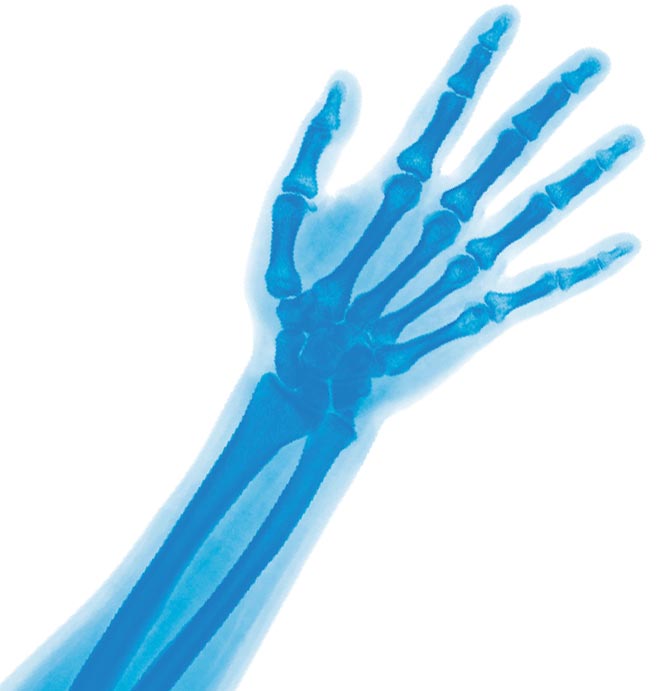
Hand, Wrist & Elbow Physicians
Hand, Wrist & Elbow Locations
















